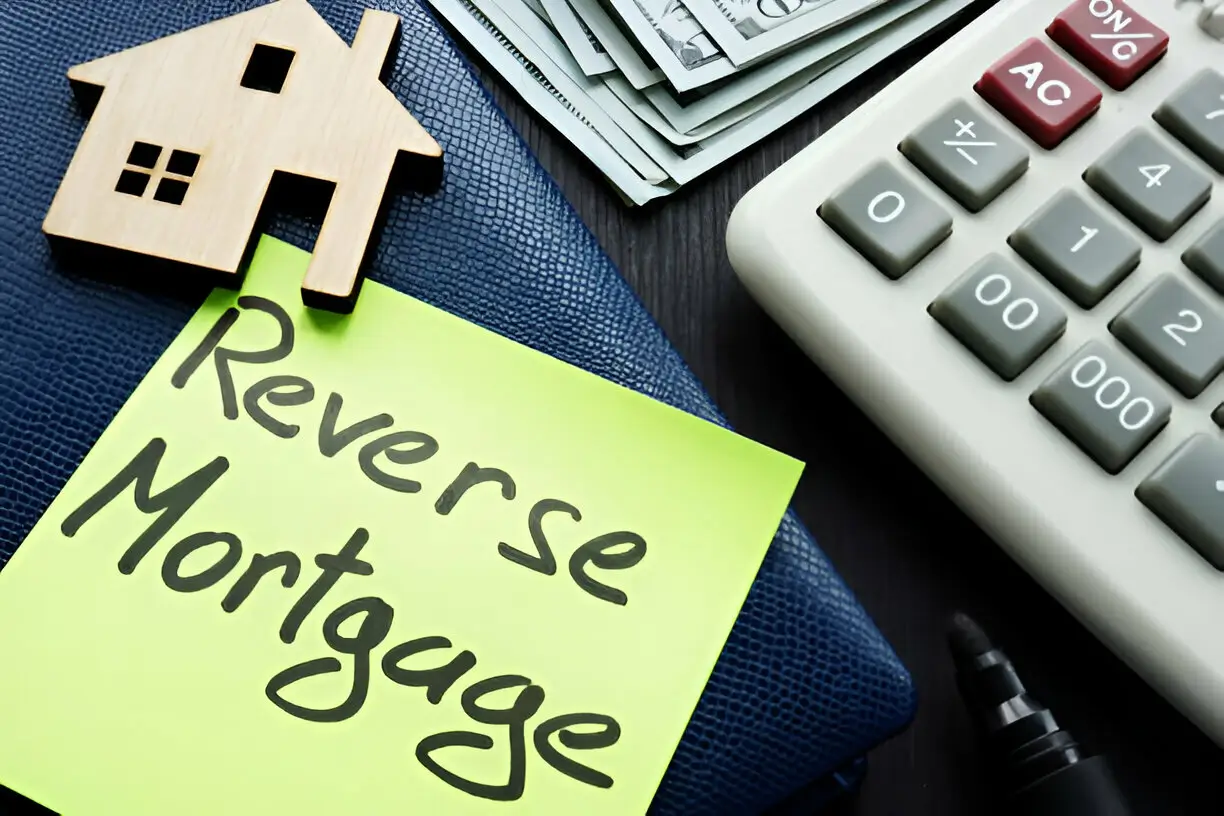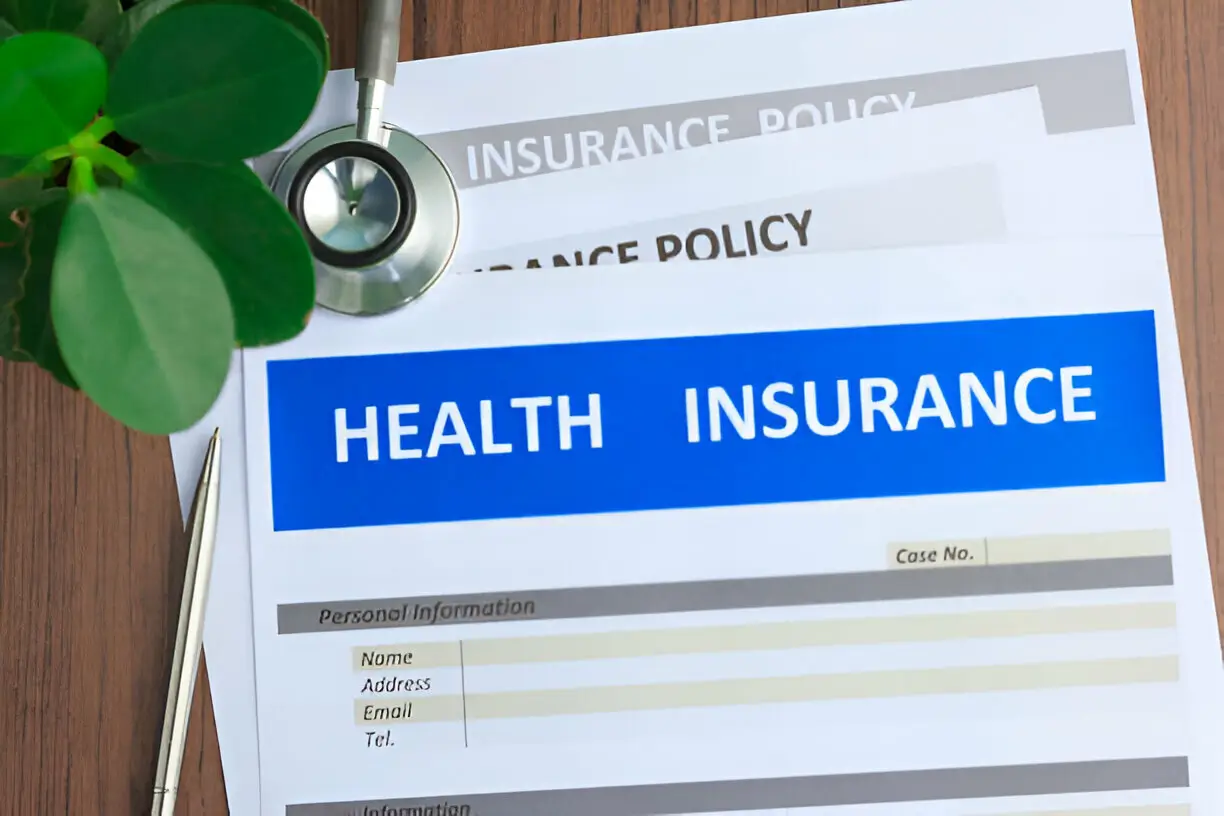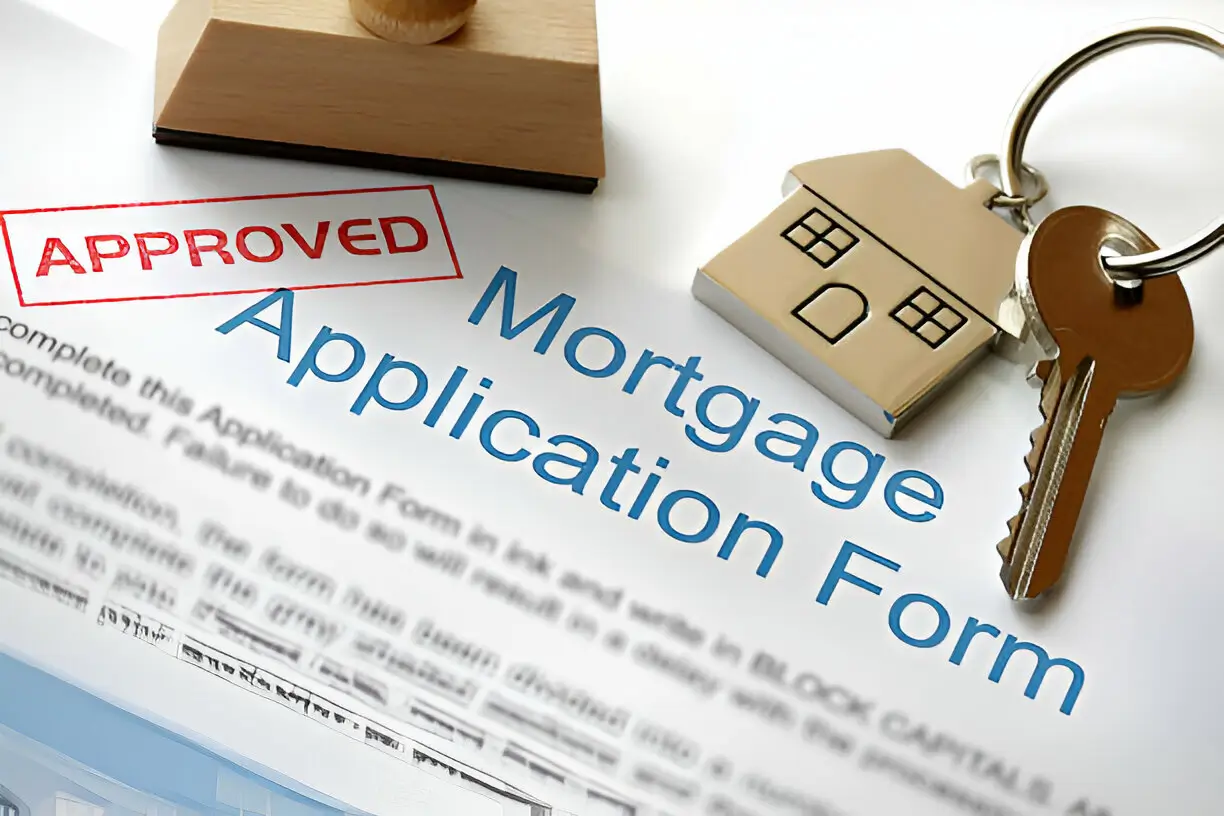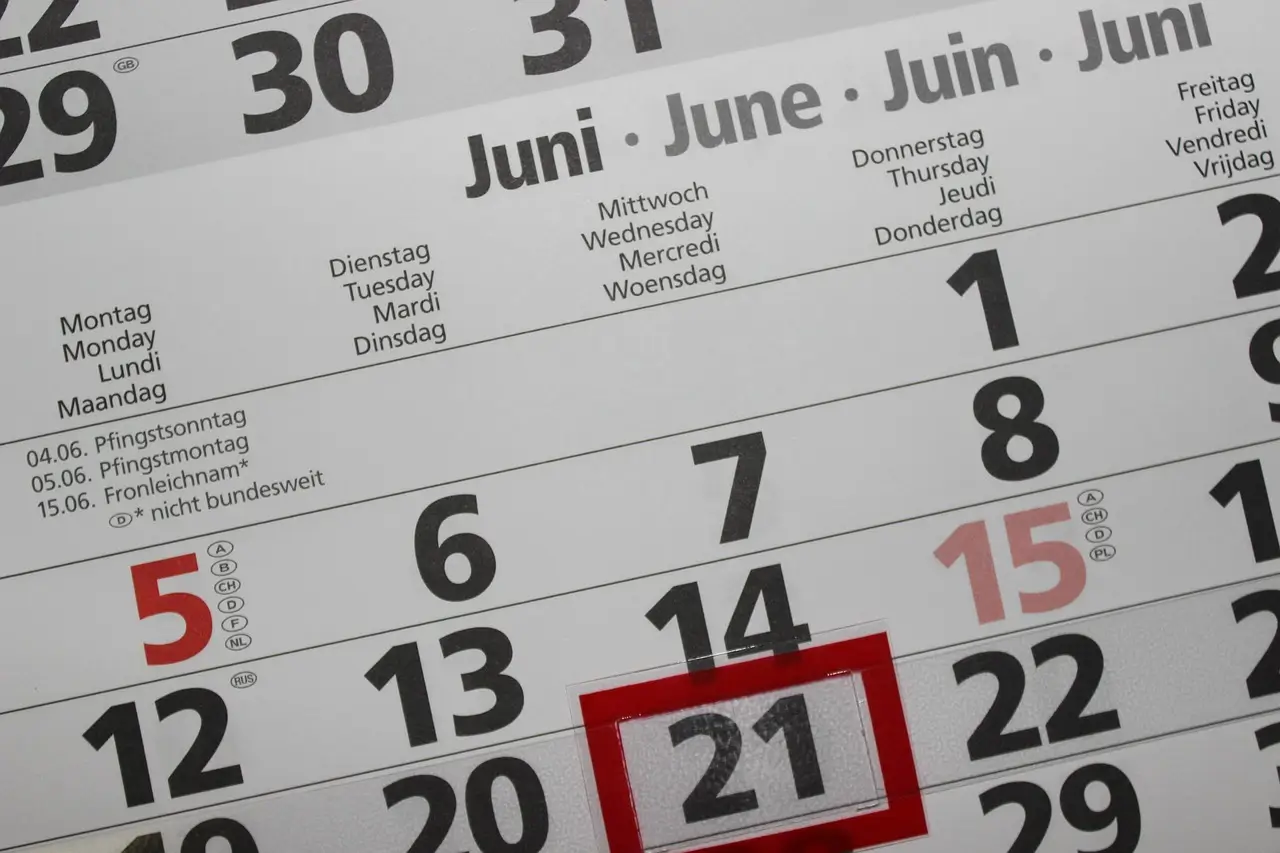Introduction
Private Mortgage Insurance (PMI) can be a real head-scratcher for many homebuyers. It’s an extra cost tacked onto your mortgage, but why is it necessary, and what does it actually do? In this guide, we’ll break down the essentials of PMI, why you might need it, and how you can potentially avoid it. Stick around to learn how PMI impacts your mortgage and your wallet, and discover strategies to manage it effectively.
Understanding Private Mortgage Insurance (PMI)
Navigating the world of home financing can be tricky, especially when you encounter terms like Private Mortgage Insurance (PMI). Here’s a comprehensive look at PMI, how it works, and how it affects you as a homeowner.
What is Private Mortgage Insurance?
Private Mortgage Insurance is a type of insurance that lenders require from homebuyers who take out a conventional loan with a down payment of less than 20% of the home’s purchase price. PMI protects the lender if the borrower defaults on the loan.
Why PMI Exists
PMI exists to mitigate the risk that lenders take when approving loans with smaller down payments. It provides them with financial protection in case the borrower fails to repay the loan.
Real-Life Example
Consider a buyer purchasing a $300,000 home with a 10% down payment. The lender requires PMI because the down payment is less than 20%. The buyer’s PMI could cost between $70 and $150 per month, depending on various factors.
How PMI is Calculated
PMI premiums vary based on several factors, including the size of the down payment, loan amount, and the borrower’s credit score.
Factors Affecting PMI Rates
- Down Payment Size: Smaller down payments result in higher PMI premiums.
- Loan Amount: Higher loan amounts generally increase PMI costs.
- Credit Score: Borrowers with lower credit scores are deemed riskier and therefore face higher PMI rates.
Real-Life Example
A buyer with a 15% down payment and an excellent credit score might pay a lower PMI rate compared to someone with a 5% down payment and a fair credit score.
Types of PMI
There are different types of PMI, each with its own set of advantages and drawbacks.
Borrower-Paid Mortgage Insurance (BPMI)
This is the most common type of PMI, where the borrower pays the insurance monthly along with their mortgage payment until they have enough equity in the home to cancel it.
Lender-Paid Mortgage Insurance (LPMI)
In this scenario, the lender pays the PMI, but the cost is typically passed on to the borrower through a higher interest rate on the mortgage.
Single-Premium Mortgage Insurance (SPMI)
SPMI involves paying the full PMI amount upfront in a single lump sum, which can sometimes be financed into the mortgage.
Real-Life Example
Jenny opted for BPMI, paying an additional $100 per month on her mortgage. After a few years, once her equity reached 22%, she contacted her lender to cancel the PMI, reducing her monthly payments.
How to Avoid PMI
There are several strategies to avoid paying PMI altogether.
Make a Larger Down Payment
The simplest way to avoid PMI is to make a down payment of at least 20% of the home’s purchase price.
Piggyback Loans
A piggyback loan involves taking out a second loan to cover part of the down payment, effectively reducing the first mortgage to below 80% of the home’s value.
Lender-Paid PMI
Opting for lender-paid PMI can eliminate monthly PMI payments, but this usually comes with a higher interest rate on the mortgage.
Real-Life Example
Tom avoided PMI by taking out an 80-10-10 loan: 80% first mortgage, 10% second mortgage, and a 10% down payment. This strategy allowed him to bypass PMI and save on monthly costs.
Cancelling PMI
PMI isn’t necessarily a lifelong commitment. Homeowners can cancel PMI once they reach a certain equity threshold.
Automatic Cancellation
Lenders are required to automatically cancel PMI once the borrower reaches 22% equity in the home based on the original property value.
Borrower-Initiated Cancellation
Borrowers can request PMI cancellation once they have reached 20% equity, but they need to be in good standing and may have to get a new appraisal.
Real-Life Example
After diligently making extra payments on her mortgage, Laura’s home equity reached 20%. She contacted her lender, got a new appraisal, and successfully cancelled her PMI, saving her $120 a month.
Pros and Cons of PMI
Understanding the pros and cons of PMI helps you make an informed decision about your mortgage.
Pros
- Enables Lower Down Payments: PMI allows buyers to purchase homes with less than 20% down.
- More Homebuying Opportunities: PMI can open doors to homeownership for those without substantial savings.
- Equity Building: Homeowners can build equity more quickly than if they were waiting to save for a larger down payment.
Cons
- Additional Monthly Cost: PMI adds an extra cost to monthly mortgage payments.
- Non-Tax-Deductible: PMI premiums are not tax-deductible, unlike mortgage interest.
- Long-Term Cost: Depending on how long you have PMI, it can add up to a significant amount over time.
FAQs
What is Private Mortgage Insurance (PMI)?
Private Mortgage Insurance (PMI) is insurance that lenders require for conventional loans with down payments of less than 20%. It protects the lender in case the borrower defaults on the loan.
How can I avoid paying PMI?
You can avoid paying PMI by making a down payment of at least 20%, using a piggyback loan, or opting for lender-paid PMI.
When can I cancel PMI?
You can request to cancel PMI once you have 20% equity in your home. Lenders are required to automatically cancel PMI when you reach 22% equity.
How is PMI calculated?
PMI is calculated based on factors such as the size of your down payment, loan amount, and credit score. Smaller down payments and lower credit scores typically result in higher PMI premiums.
Is PMI tax-deductible?
No, PMI premiums are generally not tax-deductible. However, this can change based on current tax laws, so it’s always good to check with a tax professional.
Understanding Private Mortgage Insurance is crucial for any homebuyer looking to finance their purchase with less than 20% down. By being informed about PMI, you can make better financial decisions and potentially save money on your home loan.






